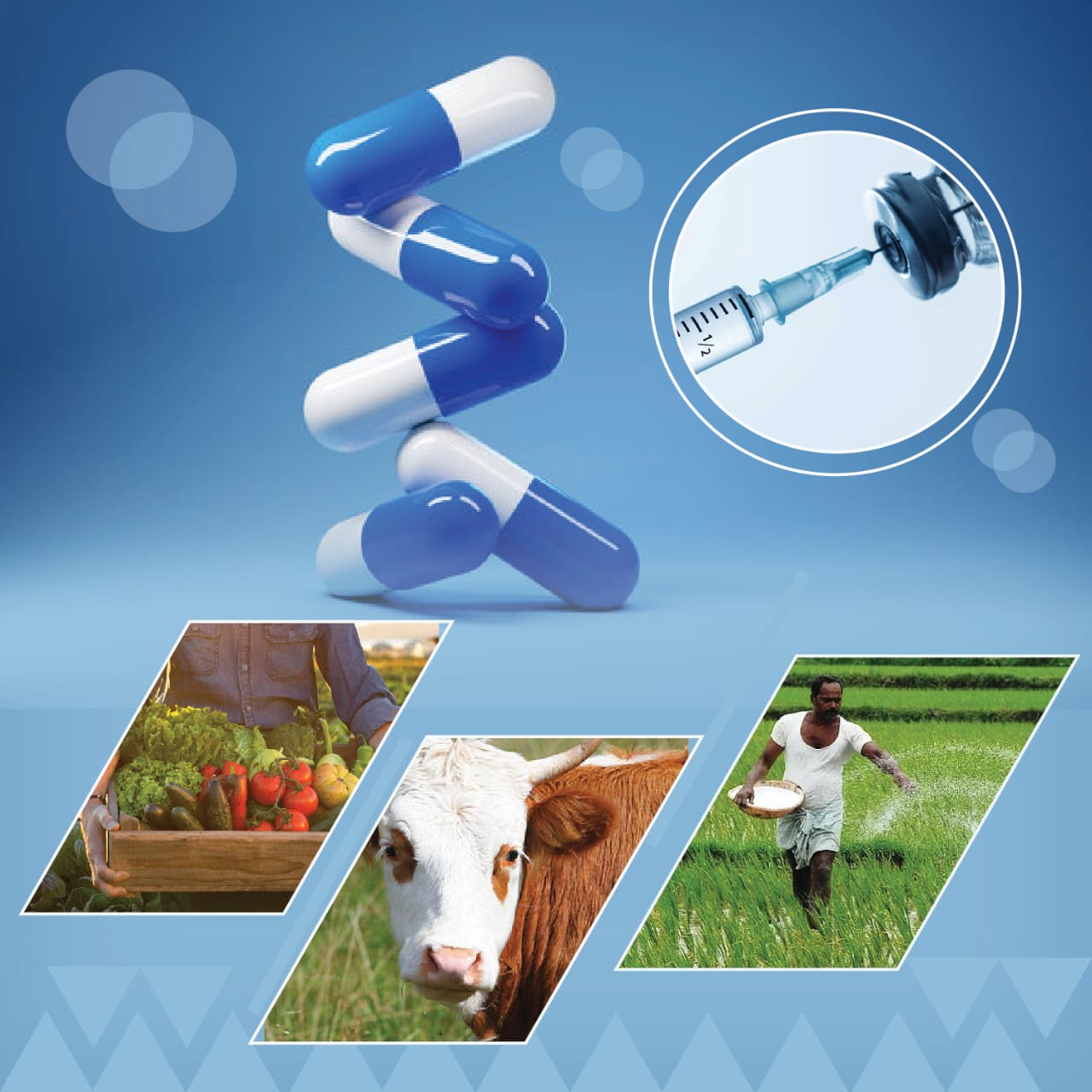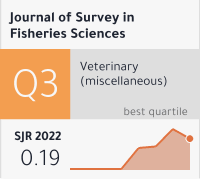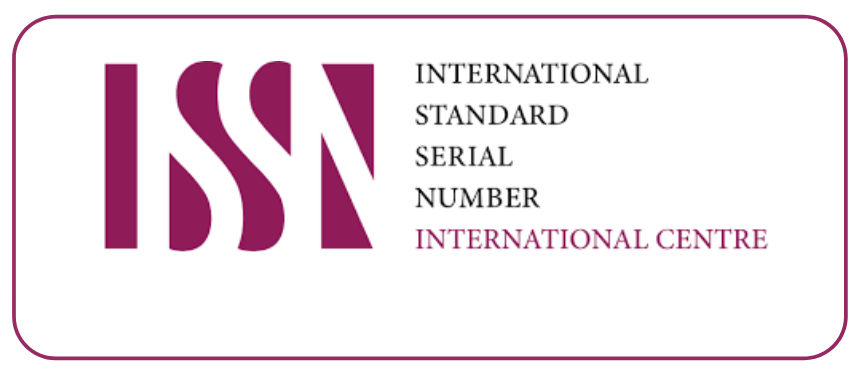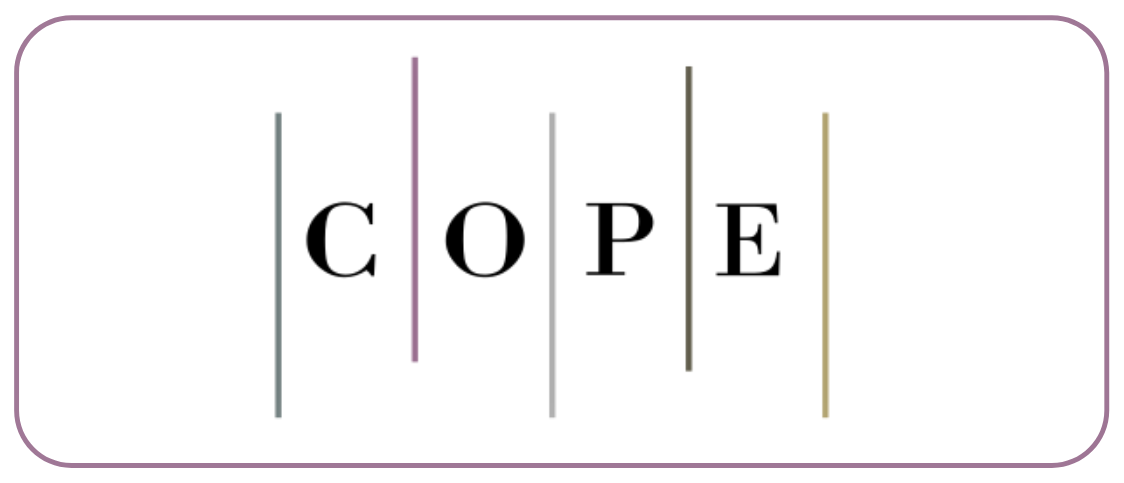Significance of water flow rate and period of nursing on the growth of juvenile seahorse, Hippocampus barbouri (Jordan and Richardson, 1908)
DOI:
https://doi.org/10.17762/sfs.v4i1.113Keywords:
Hippocampus barbouri, Seahorse, Growth, Survival, Water flow rate, Nursing periodAbstract
Drastic decline of seahorse population has been observed in the past decade. Evident shows that it is due to the over exploitation of this organism to fulfill demand for aquarium trades and Traditional Chinese Medicine industry (TCM). Considering this condition, seahorse farming is highly justified to ensure this species will not go extinct. In this study, effects of nursing period and water flow rate on the growth and survival of Barbour’s seahorse, Hippocampus barbouri juveniles were investigated. Experiments were conducted in glass aquaria for a period of 8 weeks. Survival of seahorse juveniles was more than 80% when nursed for 9 days before being transferred into rearing tank. While the lowest water flow rate (0.056 ms-1) resulted in better growth (height) of juvenile seahorse. These findings indicate that the length of nursing period and water flow rate can significantly affect the growth and survival of H. barbouri juveniles when cultured in captive condition.









